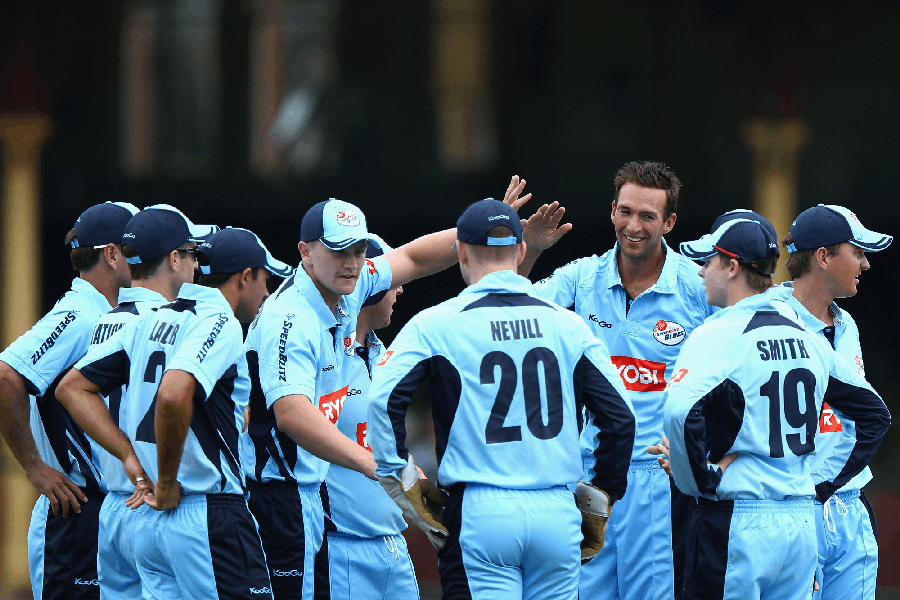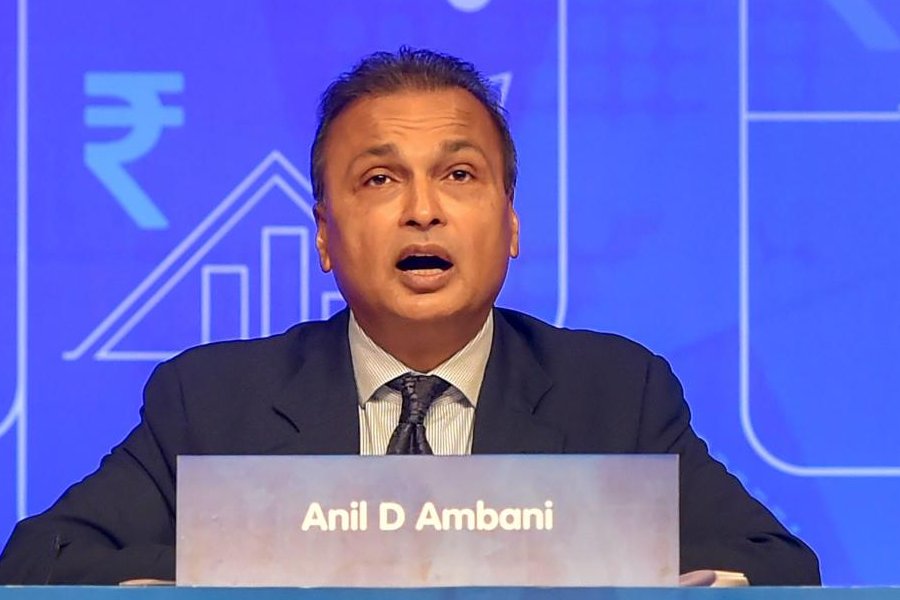Cricket is once again preparing to step into unfamiliar territory. A new concept called Test Twenty, hailed as the sport’s “fourth format”, aims to blend the patience of Test cricket with the thrill of T20.
Conceived by entrepreneur Gaurav Bahirvani and backed by cricketing greats A.B. de Villiers, Sir Clive Lloyd, Matthew Hayden and Harbhajan Singh, the tournament will make its debut in January 2026 with six global franchises.

Sir Clive Lloyd is backing the league conceived by Gaurav Bahirvani
The format itself is a hybrid — 80 overs in total, with each team batting twice for 20 overs, and scores carrying forward. Matches can end in wins, ties, or even draws — a rarity in limited-overs cricket.
But beyond the rules, Test Twenty envisions itself as a global talent incubator, using AI-driven scouting and a Junior Test Twenty Championship across 50-plus nations to identify players aged 13 to 19.

Matthew Hayden, Harbhajan Singh and AB de Villiers have are all on board for Test Twenty
This revolutionary format isn’t without precedent. Back in 2019, Sachin Tendulkar proposed dividing ODIs into four innings of 25 overs each, arguing that the middle overs had grown dull and that shorter phases would “keep both sides in the game longer.”
His idea sought to inject momentum and balance into the 50-over format. Test Twenty feels like an extension of that vision — one that adds Test-style strategy and a narrative arc, which is missing from most short-form cricket.

The idea isn't far off from Tendulkar's suggestions in 2019 (Getty)
Australia had tested a similar model earlier — and abandoned it.
In the 2010–11 One-Day Cup, Cricket Australia trialled a split-innings format: 90 overs per match, 45 per side, divided into 25 overs and 20 overs per innings, with scores carried forward.

New South Wales Blues celebrate a wicket at the 2011 Ryobi One Day Cup (Getty)
Teams alternated batting orders — A1, B1, A2, B2. The intent was clear: more strategy, fresher contests, and sustained audience engagement.
As ESPN Cricinfo noted, the experiment produced moments of innovation and chaos in equal measure. Batters got a second chance, captains plotted across multiple phases, and every innings felt like a new contest. But inconsistency plagued the system — some games gripped viewers; others fizzled out.
Players struggled for rhythm, and broadcasters found it too complex to market. Ultimately, with the ICC sticking to 50-over ODIs ahead of the 2015 World Cup, Cricket Australia dropped the idea after one season.
Can Test Twenty succeed where others failed?
The format carries a distinct identity — not a tweak, but a reinvention that bridges Test drama and T20 intensity. The involvement of global legends lends credibility, and its AI-backed youth system gives it purpose beyond profit. The two-innings structure promises comebacks, strategy, and storylines that T20 often lacks.
And unlike Australia’s domestic trial, Test Twenty begins as a global event with franchise backing, not a single-country experiment. Yet, the risks are high. Split-innings cricket is hard to explain. Fans crave clarity — who’s ahead, when tension peaks, and what truly matters.
Draws in a short game might test their patience. Broadcasters prefer clean, predictable narratives, while purists may accuse Test Twenty of blurring Test cricket’s sanctity. Casual viewers could find it too slow for T20 and too brief for Tests.
Still, cricket keeps circling back to this idea because, deep down, the sport yearns for a middle ground between heritage and spectacle. Tendulkar saw the problem. Australia experimented. Now, Test Twenty is taking the boldest shot yet at balance.










